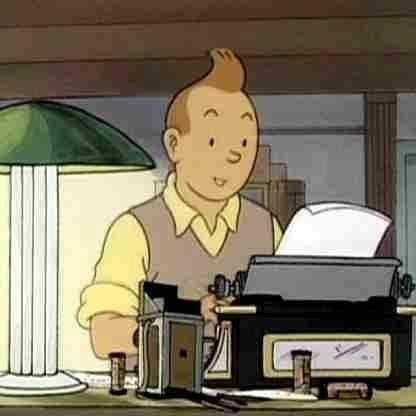16-bit Code to Boost your Public-Relations
Elementary tool-kit for effective Press-Notes for newspapers
Elementary tool-kit for effective Press-Notes for newspapers
The importance of media coverage in this day and age can hardly be overstated. While the electronic media and social media are must necessarily form the part of any Public-Relations (PR) strategy, we cannot really consign the traditional newspapers to the Recycle Bin (“raddi”). In the Governmental sector, the basic objective is to disseminate the information about the new initiatives, apart from re-focussing on the work being done under the old schemes.
The business of drafting, or at least editing the press-notes, cannot be left to the PR Wing of your department or organisation. While doing so, it is easy for forget the following postulates, if not the axioms, which are otherwise quite easy to follow.
1. If good news does not get into the newspapers, bad news will automatically creep in.
2. A Press-Note should be structured like an inverted pyramid; the first line and the caption should tell half the story.
3. Do not hesitate to caption the press-note, even though the newspaper correspondents, sub-editors and copyrighters may not appreciate it.
4. The opening line should start with a punch and reveal something new that has just happened or occurred.
5. The press-note should be issued well in time; ones going out earlier in the day have higher probability of getting in and occupying more and better space.
6. It helps to have a rough draft ready before a function where the schedule is pretty much well-defined in advance. Double-check before release — you don’t want the name of the speaker/ dignitary who didn’t turn up getting in as a person who was present.
7. Email is the default method of distribution but WhatsApp helps.
8. The photos sent as attachment ought to be high-resolution ones and suitably captioned. The personalities should be clearly identified.
9. The Hindi/ Punjabi and the vernacular translation also ought to follow simultaneously, or as soon as possible thereafter.
10. Lest it be seen as your personal PR, it is often safe in a governmental setup to begin the press-note with “On the directions of the Chief Minister……..”, or “At the initiative of the Union Minister……….”
11. Curtain-raisers help but be sure you do not tell whole of tomorrow’s story today.
12. Don’t repeat “he said” ad nauseum. Stated, asserted, disclosed, revealed, divulged, declared are good verbs to use. (”Disclosing this, Mr ABC stated…….. “ is a time-tested format.)
13. A friendly phone to the key reporters and editors/ sub-editors always helps. A “thank you” call or message may also be used occasionally.
14. Press-notes are far more cost-effective than traditional Government advertisements and carry more credibility.
15. Avoid excessively high frequency and yet do not go into hibernation for long periods.
16. Do not ignore electronic and social media either.
An officer who follows these elementary principles not only boosts the image of his Department/ Ministry/ Organisation but also quietly builds his own personal brand image, which travels with him irrespective of where he gets posted.
___________________________________________________________________
K.B.S. Sidhu. The author is an IAS officer of 1984 batch of Punjab cadre. The views expressed are his own.
He can be reached on kbs.sidhu@gmail.com or @kbssidhu1961 or https://www.facebook.com/kbs.sidhu
___________________________________________________________________



